“How is a plastic chair made? “
I’m afraid this is one of the most frequently heard questions, you know when we have new staff joining the company. Instead of taking them to the production floor, again and again, I couldn’t help but wonder why I didn’t try to write down this production process?
Yes, that’s why this article appeared, and, believe me, in 3 minutes you won’t be asking that question either.
1. Selecting the Right Raw Materials
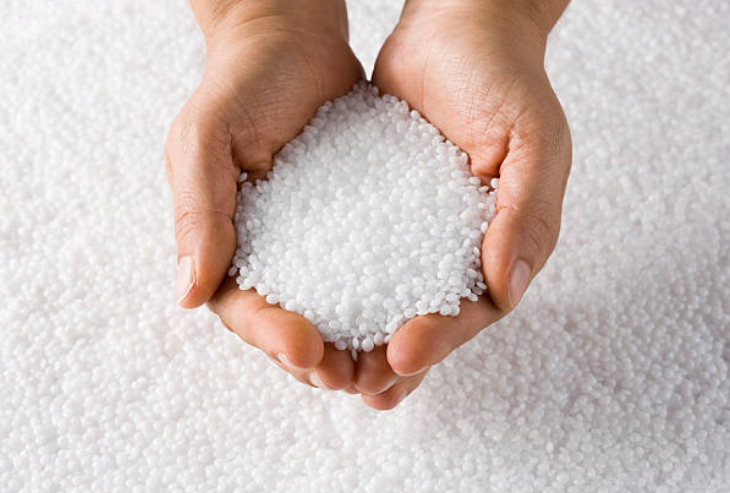
This step is very crucial, as you probably know plastic is a very broad concept, it is a compound made up of petroleum, and different ratios make him form different kinds. Each kind has completely different characteristics, so if you want your plastic chair to present a certain characteristic, you have to choose the right material.
The raw materials of common plastics consist of these:
- Polyethylene (PE)
- Polypropylene (PP)
- Acrylonitrile butadiene styrene (ABS)
- Polyamide (PA)
- Polycarbonate (PC)
- Polyoxymethylene (Pom)
- Polyethylene terephthalate (PET)
Don’t worry, they are not very common in the making of plastic chairs. 80% of the chairs are made of PP, (Polypropylene), some parts that need high-strength parts may use ABS(Acrylonitrile butadiene styrene), and a part of the transparent chairs, use PC(Polycarbonate).

Plastic raw materials are not the focus of this article, if you want to know more, please click here.
2. Mixing
In order to give the products more properties, sometimes just wanting them to appear brighter in color, the ingredients need to be mixed. For example, if you want a plastic chair to have better fire resistance or wear resistance, you need to mix in some plasticizers to enhance the properties of the product.

As for color, this is a much more interesting topic. In Short, there are two ways to mix: Color Masterbatches and Pigments. On balance, Color Masterbatches are better than Pigments. If you want to learn more about the differences and comparisons between them, click here.

3. Selecting the Right Production Process
The production of plastic items involves several different processes and they are used in different fields:
- Injection Molding
- Extrusion Process
- Blow Molding Process
- Blown Film Process
- Rotational Molding
For the manufacture of a plastic chair, the most commonly used parts are Injection Molding and Rotational Molding, the other parts are not discussed here, if you have additional interest, please check this video:
3.1 Injection Molding

This is the most widely used production process for plastic chairs, which consists of the following processes:
3.1.1 Mold Setup
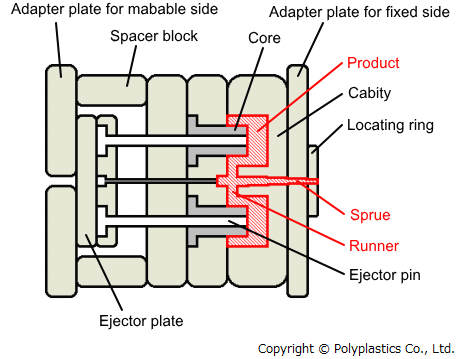
Mold is a very important part, the workmanship of plastic chairs also depends largely on the accuracy of the mold design, in China, usually, the fine degree of mold design in Jiangsu or Zhejiang will be better than in other regions.
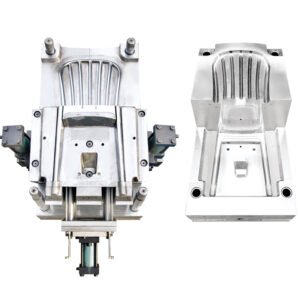
Likewise, this part of the overhead results in a plastic chair that will cost more to prototype than many chairs because it often means you need to invest in a set of molds before you can complete the sample. One way to judge the strength of a plastic chair factory is that you can go to his mold workshop to see how many sets of molds they have. The arrangement and combination of multiple molds can greatly help you save the cost and time of proofing.
3.1.2 Filler of the Molten Plastic Material
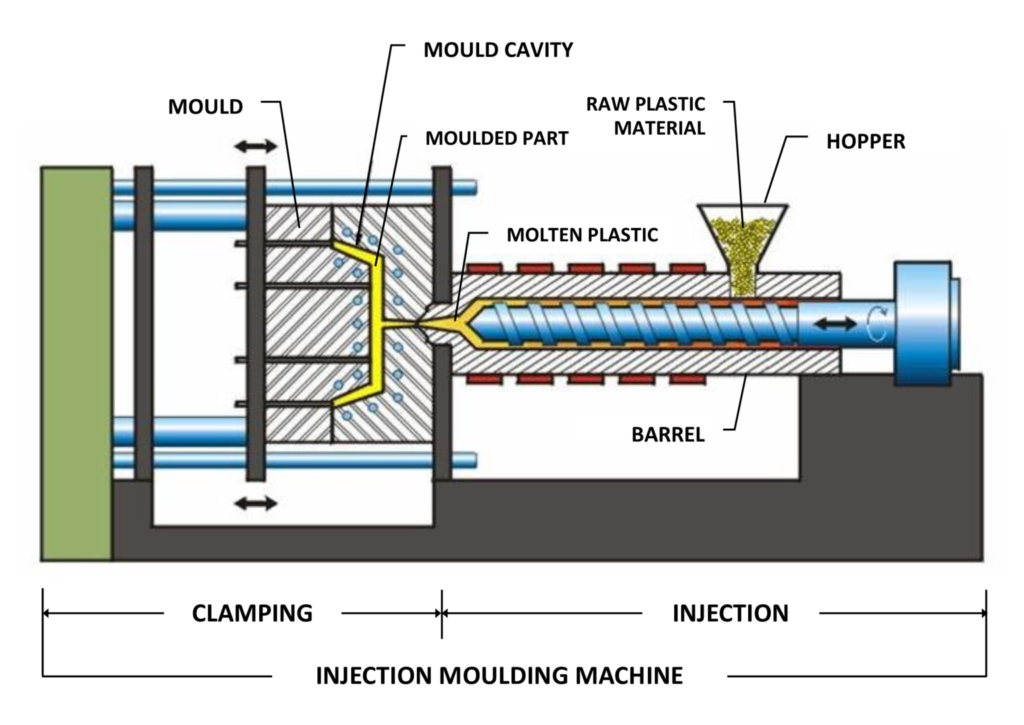
As mentioned in the second part, you need to mix the ingredients first, then put the blended ingredients into the Hopper, and let these ingredients melt by heating. After melting, the ingredients have the characteristics of liquid and their shape becomes irregular, making it easier for us to carry out later processes.
3.1.3 Clamping
The installed mold will be clamped, and its accuracy directly affects the final molding of the product.
3.1.4 Injection
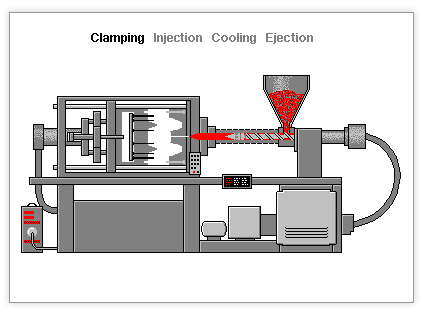
This is the most important part of the whole process. A professional injection molder should know the characteristics of each of their products very well. In addition, they should be very familiar with the operation of the machines and the characteristics of different raw materials in order to finally ensure the perfection of the injection molding process.
3.1.5 Cooling

Temperature is very easy to be ignored, if you have played with Lego, you will find that Lego parts are very perfect, thanks to the Lego manufacturer’s precise control of temperature
3.1.6 Part Ejection
Steps corresponding to Clamping.
3.1.7 Removal of Products
Finally, the product is taken off, and you know what, some days I’ll go to the workshop and touch the item that’s just been taken off, and it’s a great feeling to have a new product that’s warm and hot. Provided, of course, that you don’t get burned and that your products are made from new, high-quality raw materials.
If you want to get a more visual understanding of how the injection molding process goes to make a plastic chair, check out the following video:
3.2 Rotational Molding
The Rotational Molding process is not always as common as injection molding and is more often seen in the one-piece molding of some products, so I won’t go into detail here.
To give a very typical example, if you have known plastic chairs, you will not miss the Panton Chair:

Conclusion
Producing chairs is an interesting thing, and if you want to learn more about chairs, subscribe to our Newsletter where we regularly share some interesting product knowledge and industry news.

